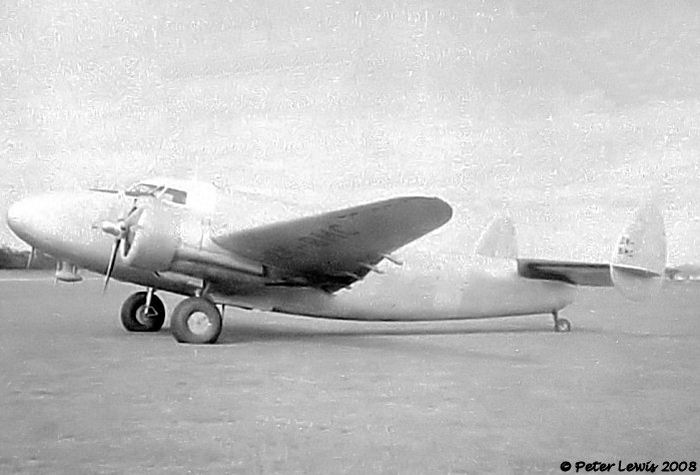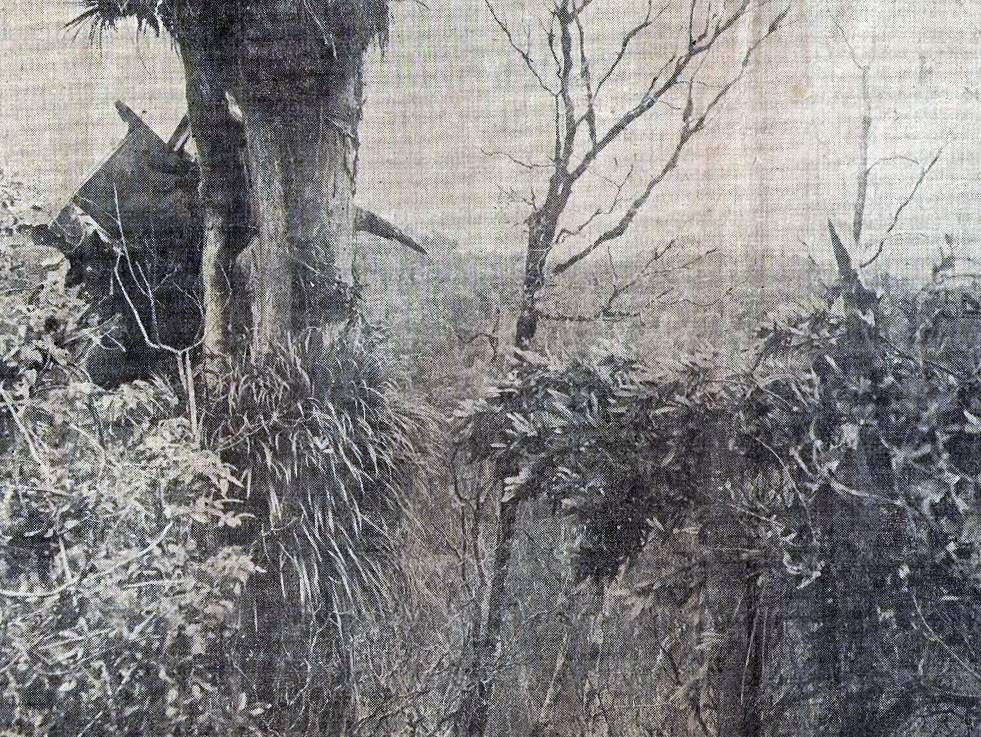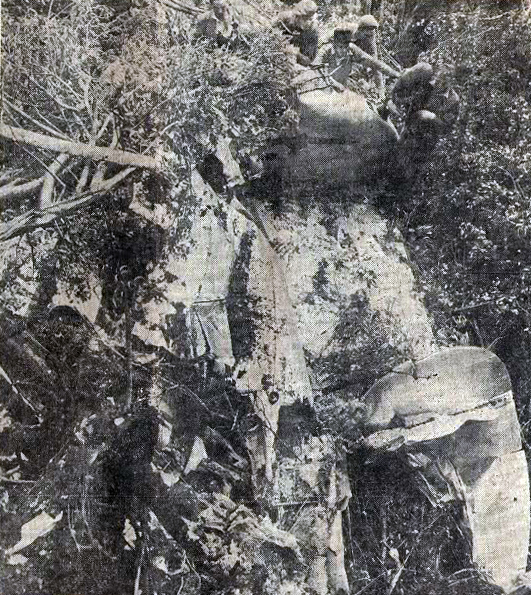Crash of a De Havilland DHC-2 Beaver in Tinui: 1 killed
Date & Time:
May 26, 1965 at 1650 LT
Registration:
ZK-CGS
Survivors:
No
Schedule:
Tinui - Tinui
MSN:
802
YOM:
1955
Crew on board:
1
Crew fatalities:
Pax on board:
0
Pax fatalities:
Other fatalities:
Total fatalities:
1
Captain / Total hours on type:
700.00
Aircraft flight hours:
5400
Circumstances:
After liftoff, the airplane encountered difficulties to gain height and struck a hedge. The airplane then climbed and the pilot attempted a turn to the left when the left wing tip struck the ground, causing the aircraft to crash. The pilot was killed and the airplane was destroyed by a post crash fire.
Probable cause:
Investigations could not determine the exact reason why the airplane encountered difficulties to gain altitude after liftoff. Nevertheless, it was reported that the impact with the edge damaged the elevators and tail control system, making the aircraft difficult to control.
























